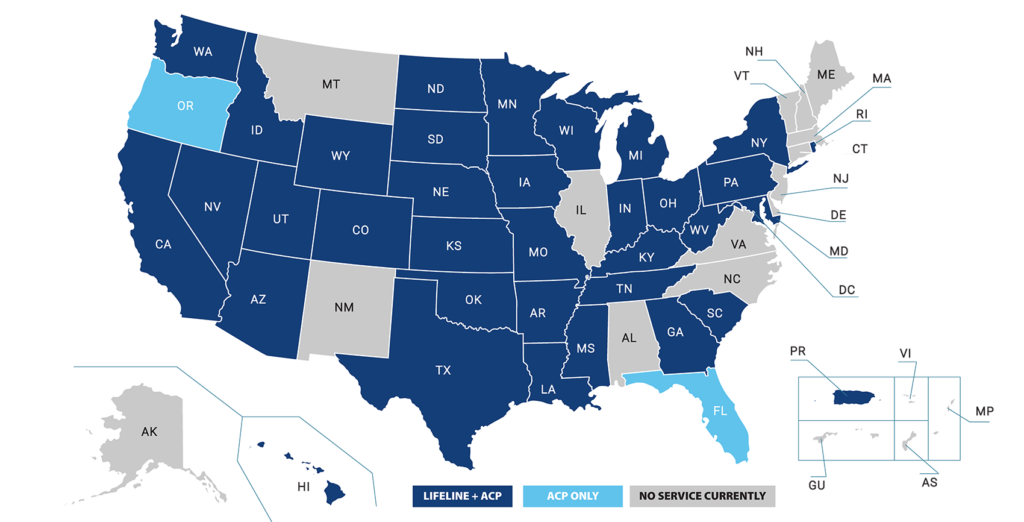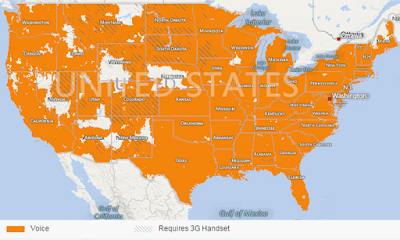In today’s digital age, we all have a vast network of friends, family, acquaintances, and colleagues whom we interact with daily. However, with the rise of social media and online communication platforms, our networks have expanded beyond the physical limitations of our immediate surroundings. This is where the concept of an extended network comes into play.
An extended network refers to the wider circle of individuals that we are connected to through indirect means, such as mutual friends, shared interests, or online communities. It includes people we may not have met in person but still have some level of connection with. Understanding the concept of an extended network is crucial in navigating the modern world of social and professional interactions, as it allows us to expand our reach and leverage our connections for personal and professional growth.

What is an Extended Network?
An extended network is a network of connected networks that spreads out over a wide geographic area. It is a network of interconnected nodes that is larger than a single network, typically created to provide more reliable and secure access to data, applications, and services.
How Does an Extended Network Work?
An extended network is made up of multiple individual networks that are connected together through a network of routers. Routers are the devices that route data from one network to the next. Each router is configured to route data from one network to the next. This allows for data to travel between the different networks in the extended network.
The extended network also allows for multiple points of access. This means that users can access the same data and applications from different points in the network. For example, a user in one part of the extended network can access the same data as a user in another part of the extended network. This allows for more reliable and secure access to data and applications.
Advantages of an Extended Network
An extended network allows for increased security and reliability of data and applications. By having multiple points of access, users can be sure that their data is secure and that they can access their applications no matter where they are located. This can help to reduce the risk of data loss or unauthorized access to data.
An extended network also allows for increased scalability. As the network grows, it is easy to add additional nodes to the network. This allows for more users to access the network, as well as more applications and data. This can help businesses to grow and adapt to changing customer needs.
An extended network also allows for increased performance. By having multiple points of access, data can be sent and received faster than with a single network. This allows for greater speed and efficiency, which can improve the user experience.
Frequently Asked Questions (FAQs) About Extended Network
An extended network is a combination of two or more local area networks (LANs) connected together using a router or other networking devices. This type of network is used to expand the capabilities of a single LAN, allowing greater flexibility and performance for users.
What is an Extended Network?
An extended network is a type of network that is created when two or more local area networks (LANs) are connected together. This type of network is used to expand the capabilities of a single LAN, allowing for greater flexibility and performance for users. By connecting multiple LANs, users can access resources from the other LANs as if they were on the same network. This can be used to share files, printers, and other resources over a large area.
In addition to sharing resources, an extended network can improve the performance of a single LAN by using the resources of the other LANs. This can be useful for applications that require a lot of bandwidth, such as streaming video or audio. An extended network can also provide better security as it can make it more difficult for malicious users to access the network.
What are the Benefits of an Extended Network?
The primary benefit of an extended network is that it allows users to access resources from the other LANs as if they were on the same network. This can be used to share files, printers, and other resources over a large area. In addition to sharing resources, an extended network can improve the performance of a single LAN by using the resources of the other LANs. This can be useful for applications that require a lot of bandwidth, such as streaming video or audio.
An extended network can also provide better security as it can make it more difficult for malicious users to access the network. By connecting multiple LANs, users can also access resources that are not available on their own network. This can be especially useful for businesses that need to access resources on a different network, such as a company’s main office.
What are the Disadvantages of an Extended Network?
The main disadvantage of an extended network is that it can be complicated to set up and manage. It requires a good understanding of networking and network security to ensure that the network is secure and functioning properly. It is also important to ensure that the network is properly configured to make sure that it is secure and that users can access the resources they need.
In addition, an extended network can be more expensive than a single LAN as it requires additional hardware and software to be installed. It can also be more difficult to troubleshoot as it requires multiple devices to be configured correctly. Finally, an extended network can be more difficult to maintain as it requires regular maintenance and updates.
What is Required for an Extended Network?
To set up an extended network, you will need two or more local area networks (LANs) connected together. You will also need a router or other networking device to connect the two LANs. You will also need to configure the router and other networking devices to ensure that the two LANs are properly connected and secure.
In addition, you will need to install the necessary software and hardware on each network to ensure that users can access the resources from the other network. You will also need to configure the security settings to make sure that the network is secure and that users can access the resources they need. Finally, you will need to regularly maintain and update the network to ensure that it is secure and functioning properly.
Verizon 3G extended network at Death Valley CA #verizon #cellnetwork
In conclusion, an extended network refers to a network of individuals or organizations that are connected through a variety of channels beyond the immediate circle of family and friends. These networks can include coworkers, professional organizations, social media contacts, and other groups of people with whom one has developed a relationship. The benefits of these extended networks are numerous, including access to new ideas, opportunities for collaboration, and expanded social circles.
As our world becomes increasingly interconnected through technology and globalization, the importance of cultivating extended networks cannot be overstated. By building strong relationships with individuals and organizations beyond our immediate circle, we can broaden our perspectives, learn new skills, and access a wealth of resources that might otherwise be unavailable to us. Whether you are a business professional, a student, or simply someone who wants to expand their social horizons, developing an extended network can be a valuable and rewarding endeavor.



